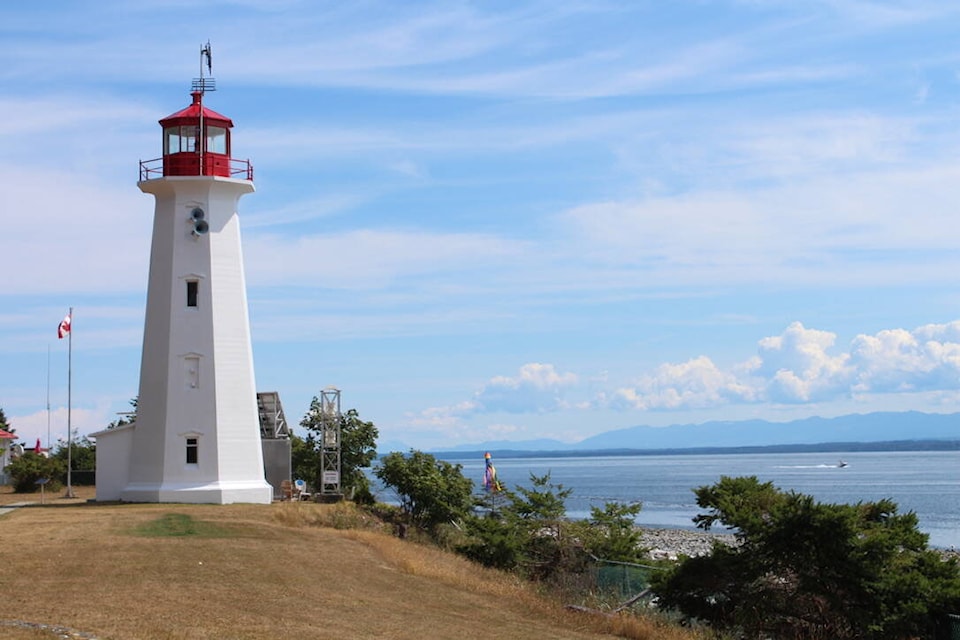The Canadian Coast Guard wants feedback on the Cape Mudge foghorn, but won’t be going back to the classic long low sound of the old days.
The main reason is that the classic fog horn sound actually requires a machine the size of a building.
The Coast Guard switched to a cheaper electronic horn in the late 1990s. However, as part of their five-year cyclical review of navigational aids up and down the coast they want to hear from locals for their opinions on the matter.
“The old diaphone air horn had that low noise. Technology is such that we went and moved to the electronic horn. They’re set for when visibility is less than two nautical miles, and they automatically go off,” said Glenna Evans, regional superintendent for the aids to navigation and waterways program. “We have heard that some people would like us to go back to the old horns, but unfortunately that’s not a feasible option for us.”
The sound of fog horns have to meet certain parameters to cut through the fog that surrounds the island. Evans said that fog can even reflect sound backwards, so lower frequencies are preferred.
“The sound patterns to vary with the different horns, but they typically use low frequency so the sound will travel further,” she said.
Foghorns — of which there are three in the area: Cape Mudge, Chatham Point and Pulteney Point near Port McNeill — are only part of the ongoing review. Evans said they would also be looking at other navigational aids on the coast.
“We continually strive to ensure that the aids to navigation meet the needs of our mariners and promote safe and efficient movement of the vessels,” she said. “That’s why we do the cyclical reviews, we look at traffic patterns and the size of the vessels, the number of vessels that are transiting certain areas. That will play into our analysis of where, when and what we provide for the users.”
Other aids to navigation include floating buoys and beacons.
While these reviews occur on a five-year cycle, Evans said that the Coast Guard also conducts ad hoc reviews if there are marine incidents or changes to the conditions in a certain area.
“Our top priorities are definitely safety of life at sea, the protection of the marine environment and the efficient movement of marine traffic in our waters. Providing aids to navigation is just one of the tools that assist with the safe and efficient movement of traffic in our waters that’s external to the vessels,” said Evans.
Those interested in providing feedback can email Evans at glenna.evans@dfo-mpo.gc.ca.
